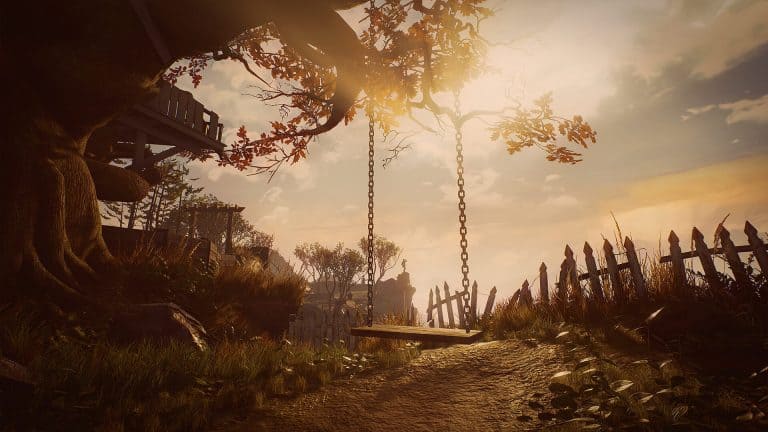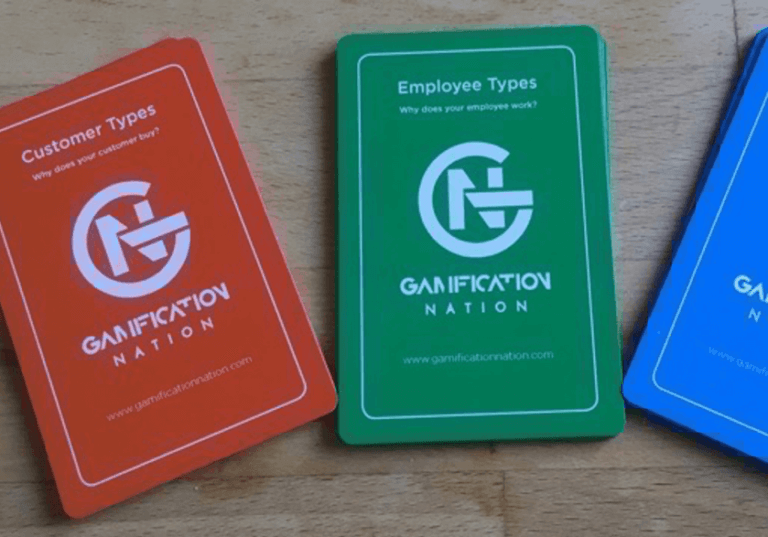As children, we learn through feedback and consequences from our environment. Putting a hand on a hot plate will teach you that this may hurt and hence is not desirable. As we grow up, much more rote learning is expected and information is given to us, but the experiential factor disappears over time. When we come to our adult life, we are assumed to be able to learn from all kinds of documents and information inputs even without any experience test or application.
Is this just a bad learning design?
I often wonder how we got to this place, where a lot of information transfer is just plain inefficient for a large proportion of the population. If you are tackling a brand new topic, it is essential to understand the basics and why the topic exists, what it can and can’t do. Then to embed or transfer it into our daily practice, we need to find ways to apply it and experience it.
A lot of the gamification we work on will take the base knowledge into an experiential realm. In most cases, it serves the purpose to give people confidence in applying their learning and at the same time giving them feedback on their performance.
We often are asked why do people retain more information in a game like setting and not in a traditional e-learning environment. My only plausible explanation is that people in a playful setting don’t mind trying things out and failing and then trying again. The fact that consequences are fully experienced, is the one thing that plays out stronger in a game like setting.
A lot of gamification companies claim that repetition is key and whilst it helps to battle the forgetting curve, I think it is not the only thing that matters. I see feedback loops and win/lose conditions critical in how we learn. Most of us want to get things right and will do our best to perform to a higher standard.
In the world of corporate learning, there is often a hesitation around feedback about bad choices and also around losing in a game. On the way to building confidence, we do need to know what good looks like and by its very virtue it means we need to know what the flipside looks like too.
In the cybersecurity board game, we created the retention of scenarios was higher than the equivalent information from e-learning. Two reasons a group of people had to consider how to battle cyber attacks so the social discussion will matter and secondly when some groups lost the game because their business went bankrupt, they felt what could happen in real life.
When we did user research for technical roles for a client, the actual target users of our learning wanted consequences and serious one, so that they could feel what was important.
In my view, gamification design for learning needs to tap into the emotional journeys people go through in the process towards mastery. This includes both good and bad feedback to create an understanding of reality.






